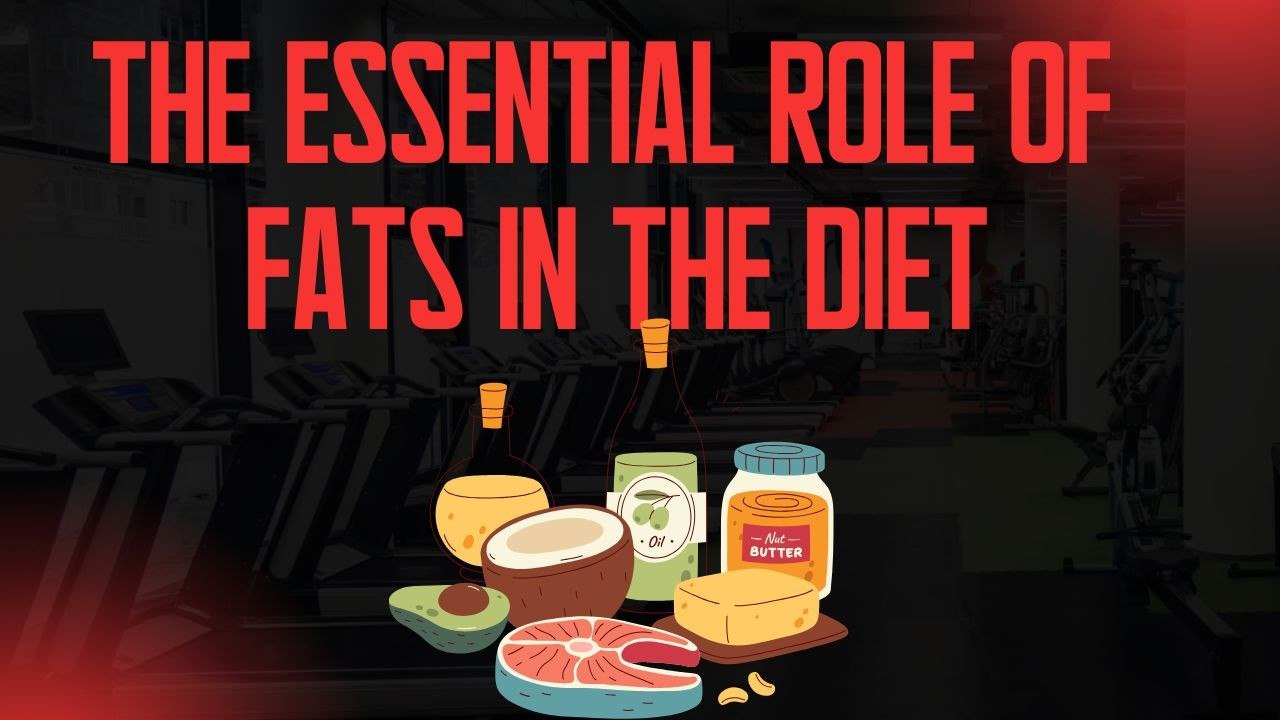
In the world of nutrition, fats (or lipids) have often been demonized, associated withweight gain, high cholesterol, and cardiovascular diseases. But this is a dangerousoversimplification, especially for someone—like an entrepreneur over 40—who needsconsistent energy, mental resilience, and anti-aging prevention. Fats are not all the same,and understanding their differences is fundamental to building a smart, high-performance,and longevity-oriented diet.
Fats are divided into three main categories:
1. Saturated Fats - Source: butter, aged cheese, red meat, coconut oil - Chemical feature:no double bonds in the carbon chain - Function: cell membrane structure, hormoneproduction (e.g., testosterone) - Warning: excess (>10% total kcal) increases cardiovascularrisk when associated with hyperinsulinemic diets
2. Unsaturated Fats - Monounsaturated (MUFA) → e.g., extra virgin olive oil, avocado,nuts → Benefits: improves lipid profile, anti-inflammatory action, supports nervous system- Polyunsaturated (PUFA) → e.g., omega-3 (EPA/DHA from fish), omega-6 (corn oil,sunflower seeds) → Omega-3 benefits: neuroprotection, reduces triglycerides, controlssystemic inflammation → Ideal Omega-6/Omega-3 ratio: 3:1 to avoid pro-inflammatoryimbalance
3. Trans Fats (Hydrogenated) - Source: margarine, industrial snacks, packaged bakedgoods - Effects: increases LDL, reduces HDL, increases chronic inflammation -Recommendation: avoid completely
XFat Deficiency: - Reduced steroid hormone production (testosterone, cortisol, estrogen)- Vitamin deficiency (A, D, E, K) - Cognitive and mood disorders (myelin deficit) - Increasedcravings and blood sugar instability
XExcess Fats (especially saturated/trans): - Hypercholesterolemia - Insulin resistance andinflammation - Increased atherosclerotic risk
1. Extra Virgin Olive Oil → Type of Fat: Monounsaturated (MUFA) → Benefits:Cardioprotective effects and powerful anti-inflammatory properties. Ideal for dailycooking and dressing raw vegetables.
2. Wild Salmon → Type of Fat: Omega-3 EPA/DHA (Polyunsaturated - PUFA) →Benefits: Supports cognitive function, protects against systemic inflammation, andimproves lipid profile. A must-have for brain and heart health.
3. Flax Seeds & Chia Seeds → Type of Fat: Omega-3 ALA (PUFA, plant-based) →Benefits: Excellent vegan-friendly source of omega-3s. Promotes cardiovascularhealth and improves bowel regularity due to high fiber content.
4. Whole Eggs → Type of Fat: Saturated fats + Choline → Benefits: Enhances hormoneproduction (testosterone, estrogen) and supports cognitive performance. Alsoprovides fat-soluble vitamins and high biological value proteins.
5. Avocado → Type of Fat: MUFA + Dietary Fiber → Benefits: Increases satiety,regulates postprandial glycemia, and supports intestinal health. Excellent forcontrolling appetite and improving insulin sensitivity.
6. Walnuts → Type of Fat: Omega-3 ALA + MUFA → Benefits: Improves endothelialfunction, reduces oxidative stress, and supports long-term cardiovascularprotection. Ideal as a mid-morning or afternoon snack.
After age 40, a hectic lifestyle and chronic stress-induced inflammation can impair theabsorption and bioavailability of healthy fats. In these cases, targeted supplementation isuseful:
- Fish oil Omega-3 (EPA/DHA): 1000–2000 mg/day for stressed entrepreneurs - Krill oil:better absorption, antioxidant action (astaxanthin) - Vitamin D3 + K2: fat-soluble, to betaken with fatty meals for maximum efficacy
The recommended fat intake in a balanced diet is approximately 25–35% of total dailycalories. Optimal distribution:
- 10% saturated fats - 15–20% monounsaturated fats - 5–10% polyunsaturated fats (moreomega-3 than omega-6)
💡 Practical tip: include at least one healthy fat in each main meal (including breakfast) tostabilize blood sugar and improve satiety.
For the entrepreneur over 40, proper lipid intake is a strategic lever for mentalperformance, cardiovascular health, and active longevity. It's not about 'cutting fat to loseweight', but rather choosing fats wisely based on your biochemical needs, lifestyle stress,and physical goals